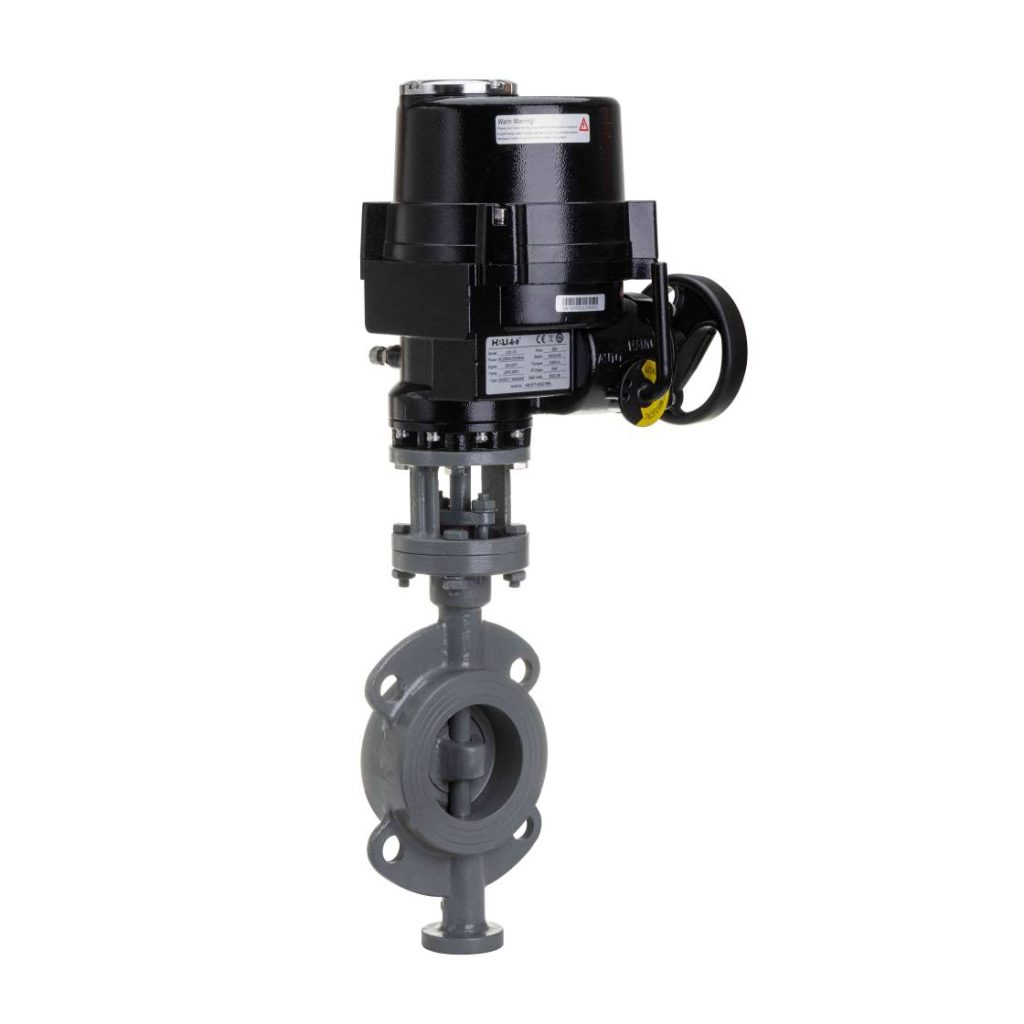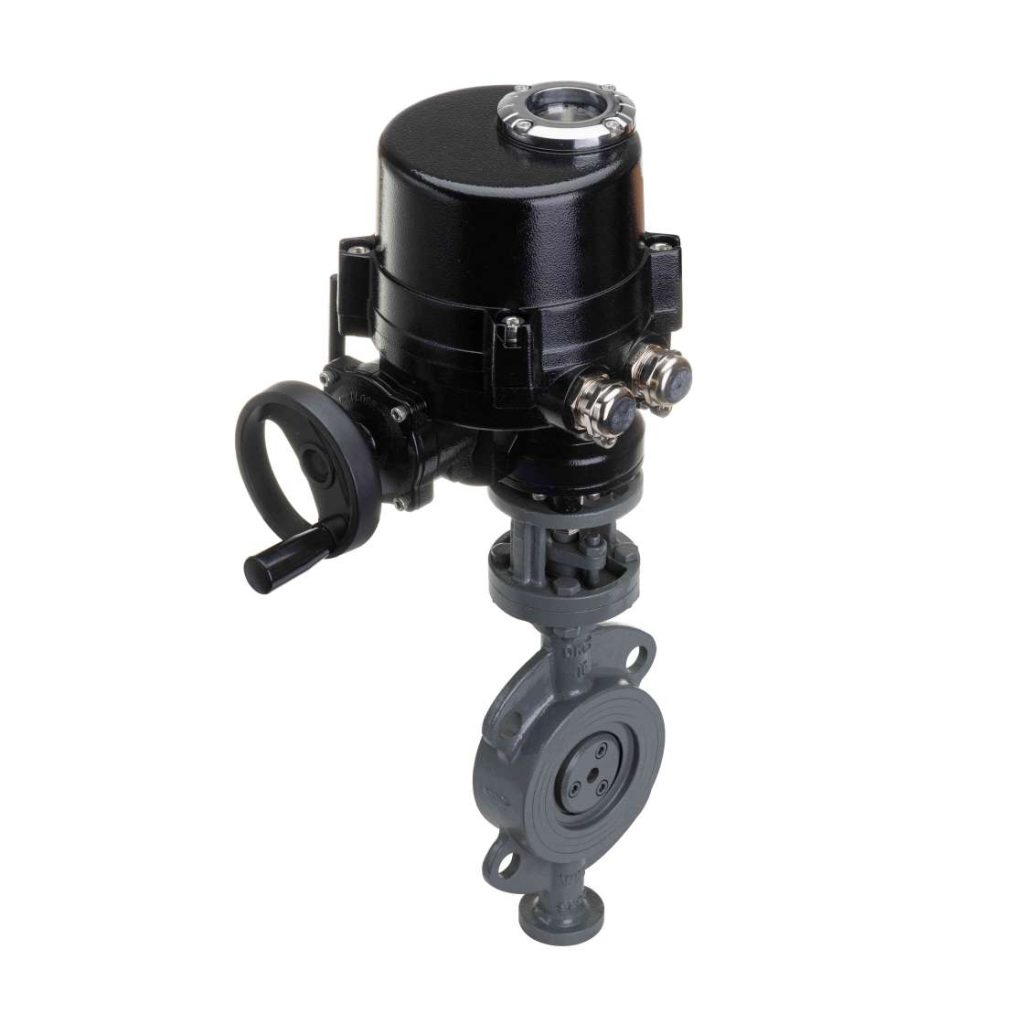Marine electric butterfly valves play a crucial role in the efficient operation of various marine systems. These valves are specifically designed to control the flow of fluids in ships and offshore installations, ensuring both safety and efficiency. Their design integrates the functionalities of traditional butterfly valves with electric actuators, offering enhanced performance and ease of control. This article delves into the working principles, advantages, applications, and maintenance aspects of marine electric butterfly valves.

What is a Marine Electric Butterfly Valve?

A marine electric butterfly valve is a type of flow control device that consists of a circular disc or blade, which rotates around a central axis to regulate the flow of liquids or gases. The electric actuator powers the valve, allowing for remote control and automation of the opening and closing process. This integration of electric components simplifies operations, particularly in challenging marine environments where manual handling may be impractical or unsafe. Working Principles The operation of a marine electric butterfly valve is relatively straightforward. When the valve is in the closed position, the disc is perpendicular to the flow, blocking the passage of the fluid. As the actuator receives a signal—either manually or automatically—it rotates the disc to an open position, allowing fluid to pass through. The angle of the disc can be adjusted to modulate flow rates, making these valves highly versatile in various applications.

Leave a Reply